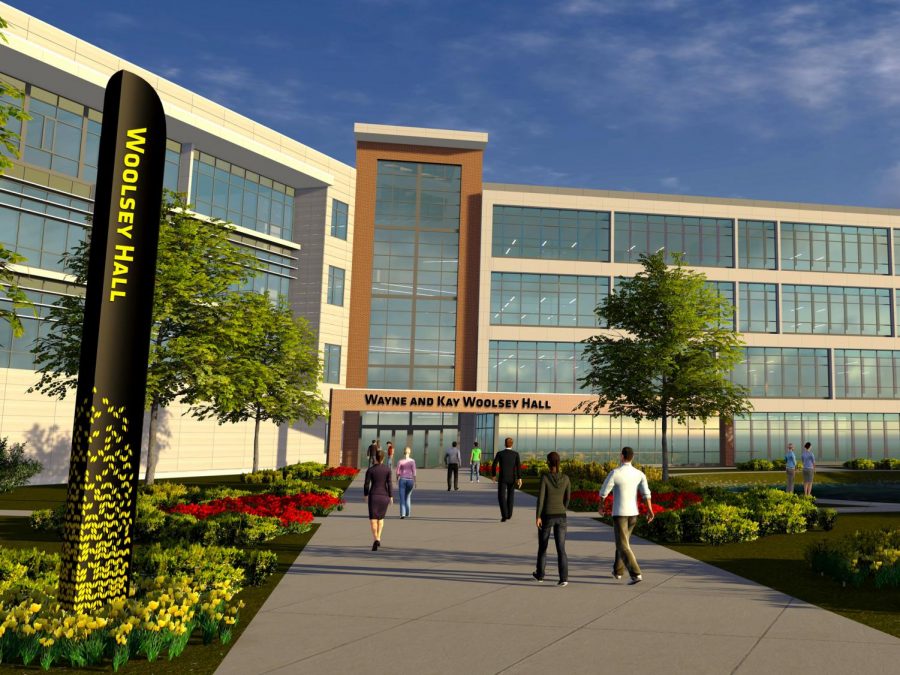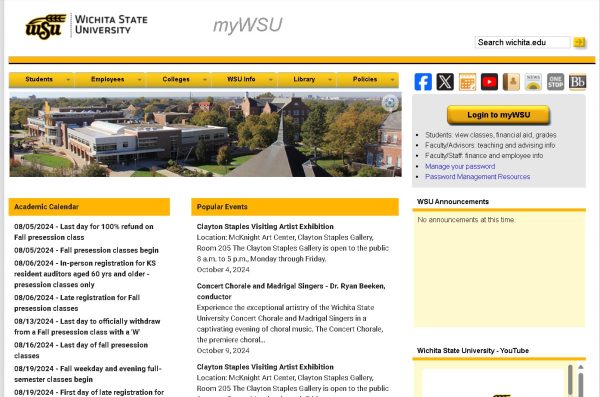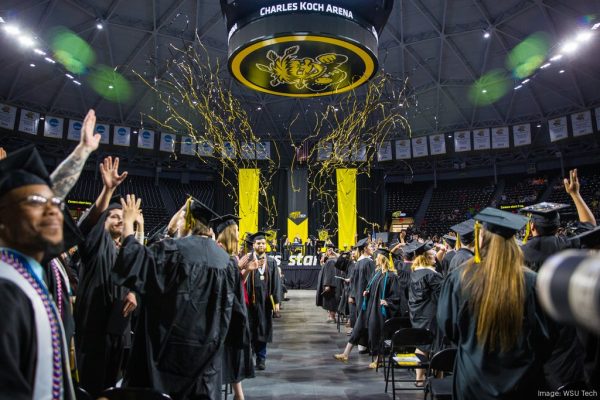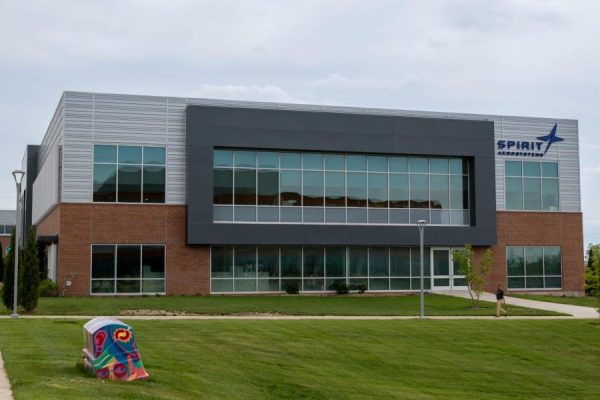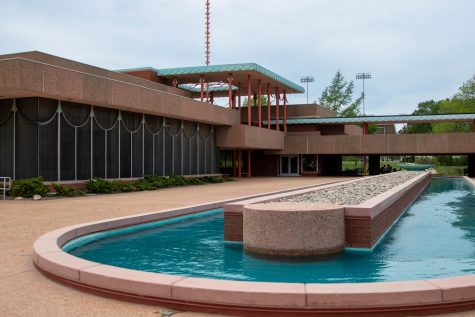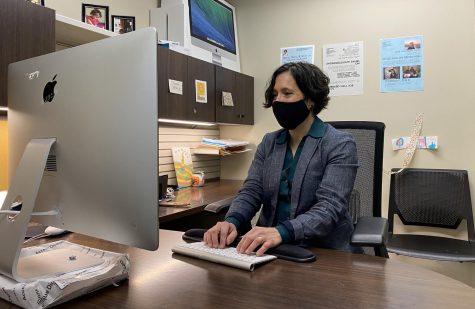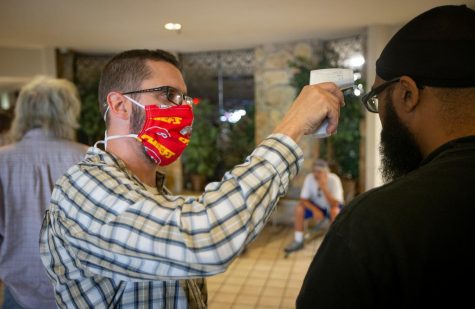Private donations almost completely funded KU and K-State’s new business buildings. WSU plans to pay for 40% of Woolsey Hall.
Wichita oilman Wayne Woolsey and his wife, Kay, put a lead gift of $10 million towards the new business building, which will be named after them.
Wichita State is moving forward with a plan to reallocate university funds to bond money for a $50 million business building on Innovation Campus. Private donations will fund 60% of construction costs, but the university is shouldering more of the financial burden than Kansas State and the University of Kansas did for their recently opened business buildings.
KU and K-State both opened new business facilities in 2016. Private donations accounted for $60.5 million — over 85% — of KU’s $70.5 million Capitol Federal Hall. Likewise, donors paid for 91%, $55 million, of K-State’s $60 million College of Business Administration building.
The WSU Foundation has already raised $30 million for the new building, Woolsey Hall, which Provost Rick Muma has said is “about as much as we can raise for the project.” Donors were promised that the rest of the money would come from “university funds,” Foundation President Elizabeth King told The Sunflower.
“It’d be problematic to go back to donors and say, ‘No one wants a business building here. We’re giving your money back,’” Muma said in January.
In March, students narrowly voted down a referendum that would have raised student fees by $6 a credit hour to fund the remaining $20 million of the business building and other campus facilities upgrades.
University administrators maintained that Woolsey Hall would be built regardless of the referendum outcome. WSU plans to break ground on the facility later this year.
“We know these reallocations and cuts will be hard, as they will be permanent, since the bond payment will run at least 25 years,” Muma wrote in a university release. “Many departments and individuals will feel these cuts, but this is the direction we need to take, based on the outcome of the referendum and the university’s need to continue to evolve and grow.”
The cuts and reallocations to fund the building are tentatively:
- $300,000 from the Barton School of Business
- $675,000 from areas within the Division of Academic Affairs — this includes all of the other colleges
- $200,000 from the Office of Research & Technology Transfer
- $275,000 from “other divisions” — Muma said the “other divisions” that will receive cuts have not yet been decided
- $100,000 from Athletics
The Woolsey Hall facility will be 136,000 square feet. WSU’s current business building, Clinton Hall, is 40,000 square feet. K-State and KU’s new facilities are 160,143 and 165,000 square feet, respectively.
WSU’s Office of Planning and Analysis lists five peer institutions and five aspirational institutions from around the country. One of WSU’s peer institutions, the University of Massachusetts Lowell, opened a $40 million, 52,000-square-foot business building in 2017.
The Massachusetts state legislature provided $25 million for the project, and private donors raised $12 million. That left just $3 million for the university to come up with — decidedly less than the $20 million WSU promised donors would come from university funds.
WSU administrators have stressed that the state of Kansas will not give universities any money for academic buildings.
Another of WSU’s peer institutions, the University of North Dakota, plans to build a $70 million, 115,000-square-foot business and public administration building. UND plans to raise $50 million in private donations if the state provides the remaining $20 million.
One of WSU’s aspirational institutions, Oklahoma State, opened a $72 million, 147,450-square-foot business building in 2018. Another, Clemson, is in the process of constructing a $87 million, 170,000-square-foot business facility.

Matthew Kelly is a former editor-in-chief and managing editor for The Sunflower. Kelly graduated in 2020 with a bachelor’s degree in political science...




